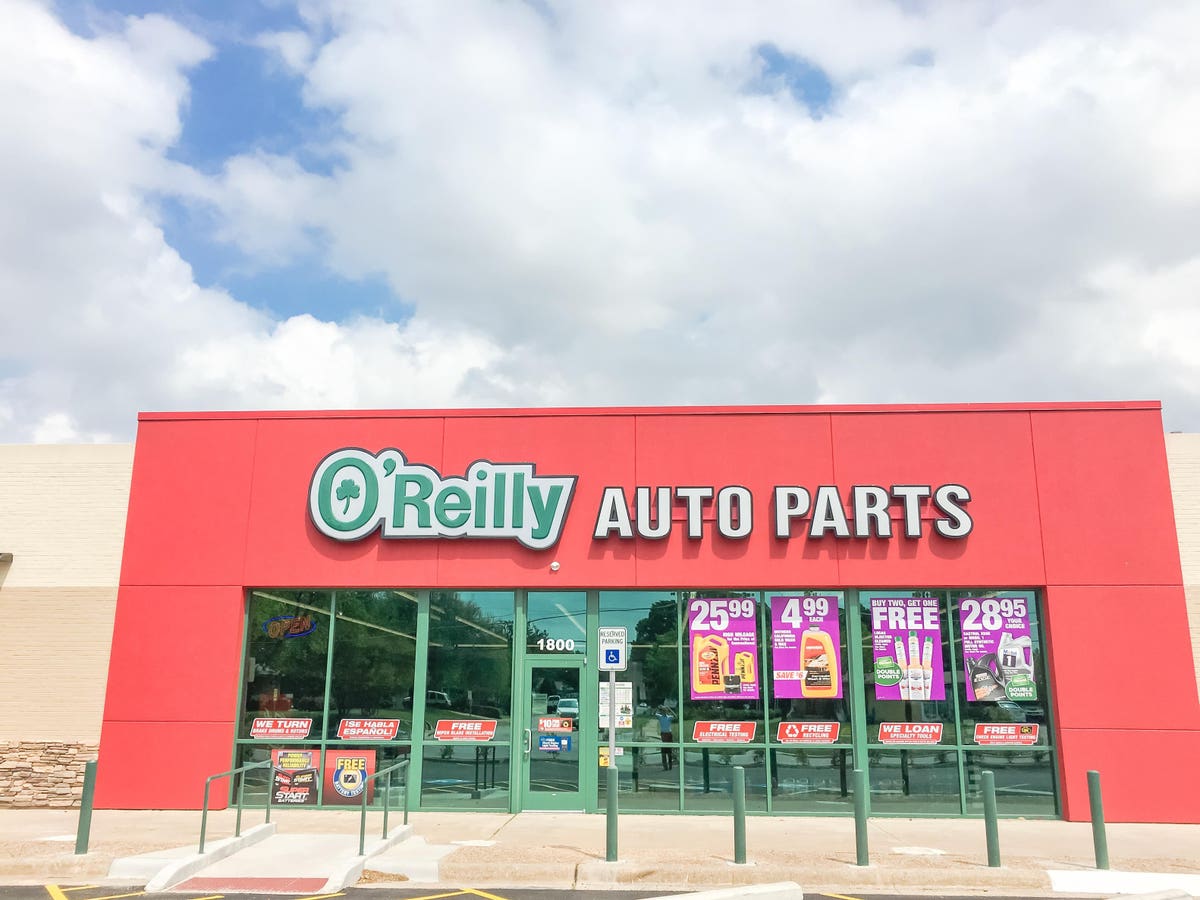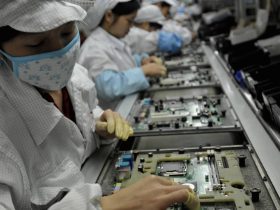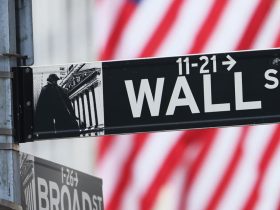I made O’Reilly Automotive Inc (ORLY) a Long Idea in March 2022. Below I’ll show why ORLY still offers attractive risk/reward and how the stock could be worth at least $1,091/share today, or 27% higher than the current price.
ORLY Offers Favorable Risk/Reward Based on:
- growing demand for vehicles and, in turn, parts
- rising miles traveled, which drives demand for more maintenance
- continued expansion in the company’s store network
- the company’s profitability moat
What’s Working
New Vehicles Will Drive Demand: Though the Energy Information Administration (EIA) expects the global internal combustion engine (ICE) vehicle fleet to peak in 2038, the growth in electric vehicles (EV) will drive expansion of the global vehicle fleet to 2.2 billion vehicles in 2050. This growth is large enough to offset the lower maintenance need of EVs compared to ICE vehicles.
Figure 1: United States Light-Duty Vehicle Demand: 2022–2030
Vehicle Miles Traveled Continue to Grow: Vehicle Miles Traveled (VMT) is a key indicator of future demand for maintenance and auto parts. VMT grew 2% compounded annually from 1970 to 2019.
Figure 2: Vehicle Miles Traveled 2012 – November 2022
Network Effects: An integrated store network is key to increasing same-day access to inventory and providing a superior customer experience. The growing presence of physical stores widens O’Reilly’s moat against big box chains (that can’t match the local presence of O’Reilly) and online competitors (that can’t rival in-store experience and expert staff). O’Reilly opened an impressive 167 new stores amid a global pandemic in 2020, another 173 in 2022 and guided upward for 180-190 net new store openings in 2023.
Taking Market Share: O’Reilly’s strategy to aggressively expand its store and distribution network continues to pay off, as I noted in my original thesis. The company has been steadily taking market share away from its competitors and grown from just over 11% U.S. market share in 2013 to 19% in 2022.
Figure 3: O’Reilly Automotive Market Share 2013 – 2022
Recession Hedge: As recession and inflation fears dominate the headlines, O’Reilly finds itself in an enviable position. The company boasts significant market share in a growing industry, as well as industry-leading profitability. O’Reilly has maintained a three-year average net operating profit after tax (NOPAT) margin of 17% even as revenue grew at a CAGR of 11% over the same time.
As noted in my original report, O’Reilly is the most profitable auto parts company in the industry, and that remains true today. Per Figure 4, O’Reilly boasts the highest return on invested capital (ROIC) and NOPAT margin among its peers.
Figure 4: O’Reilly’s Profitability Vs. Peers: TTM
O’Reilly’s growing market share will also allow it to sustain pricing power, which will cushion profit margins in the near term. In turn, generous profit margins allow the company to reinvest in the business via store network expansion and best-in-class personnel training, which will continue to foster customer loyalty in good and bad times.
What’s Not Working
The R Word: As the world prepares to enter a recession, it’s clear that macroeconomic headwinds could pose a threat to O’Reilly’s business. Customers may be inclined to delay non-essential maintenance and parts purchases and VMT may dip, as it has in previous recessionary periods.
However, O’Reilly could be in a favorable defensive position in a recession: if customers delay the purchase of new cars, they’re more likely to spend more on maintenance and auto parts, and for longer. The average age of vehicles on the road in the U.S. has been rising consistently and reached record highs in 2022. Older vehicles require more maintenance, so the consumers holding onto their cars longer could provide a welcome tailwind to O’Reilly’s thriving business.
Shares Look Cheap at Current Levels
Below, I use my reverse discounted cash flow (DCF) model to analyze expectations for different stock price scenarios for O’Reilly Automotive.
In the first scenario, I quantify the expectations baked into the current price. If I assume:
- NOPAT margin equals 16.0% (below five-year average of 16.3%) from 2022 through 2031 and
- revenue grows by 8% (below three-year average of 11%) compounded annually from 2023 – 2031, then
the stock would be worth $861/share today – equal to the current stock price.
In this scenario, O’Reilly generates $29 billion in revenue, and its NOPAT grows 6% compounded annually through 2031. For reference, O’Reilly has grown NOPAT 15% compounded annually since 2011 and 22% compounded annually since 1998.
Shares Could Go 27%+ Higher
If I instead assume:
- NOPAT margins equal 16% from 2022 through 2031,
- revenue grows at a 11% CAGR from 2022 – 2031 (its three-year average), then
the stock would be worth $1,091/share today – a 27% upside to the current price.
In this scenario, O’Reilly’s NOPAT grows 10% compounded annually over the next decade. For reference, O’Reilly grew NOPAT at a 15% CAGR in the past decade. Should the company’s NOPAT grow more in line with historical levels, the stock has even more upside.
Figure 5: O’Reilly’s Historical and Implied NOPAT: DCF Valuation Scenarios
Disclosure: David Trainer, Kyle Guske II, and Italo Mendonça receive no compensation to write about any specific stock, sector, style, or theme.
Read the full article here













Leave a Reply